- the paper introduces an improvement for specular antialiasing
- normals distribution function (NDF) is filtered in orthographically projected space instead of slope space
- presents an approximation solution and provide source code
- additionally presents an isotropic NDF-filtering technique for deferred and forward rendering
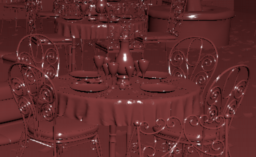
- Lumen presentations starts at 10:00 minutes
- presents what Lumen supports, what limitations exists
- shows an in-depth look at the implementation that uses hybrid tracing techniques
- looking at the scene representations, surface cache, and the different passes required
- additionally presents content examples, provides optimization advice, and answering user questions
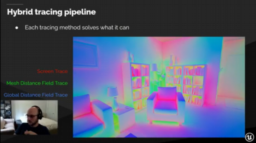
- article discusses alternative approaches for geometry pipeline design
- moving more work into the pixel shaders, following the patterns of ray tracing shader
- presents performance comparison of the presented approach and limitations
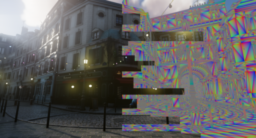
- new podcast about VFX in film, TV, and games
- discussing Resident Evil Village and UE5
- how game technology is evolving and reaching a collision point between real-time and offline techniques

- the video tutorial explains how to draw a line segment in pixel shaders
- shows how to derive the point to line segment formula
- additionally presents how to combine multiple lines
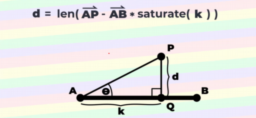
- the article presents a look at the implementation details of nanite GPU culling
- discusses how the compute shader cull on the sub-instance level
- shows how clusters are culled and the depth buffer from the previous frame is used
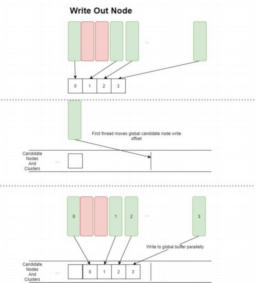
- the paper presents how to sample polygonal area lights proportional to linearly transformed cosines
- offers significantly reduced noise and unbiased diffuse and specular shading
- displays nearly noise-free results at 2 spp
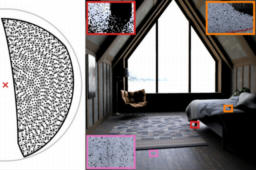
- the video explains the motivation for the bindless model and explains the concept
- presents how this can be expressed in metal using argument buffers
- explains memory residency and how this influences what resources can be used
- additionally explains what synchronization considerations need to be dealt with
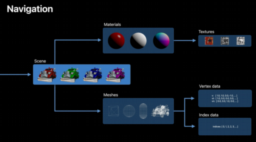
Thanks to Neil Bickford for support of this series.
Would you like to see your name here too? Become a Patreon of this series.